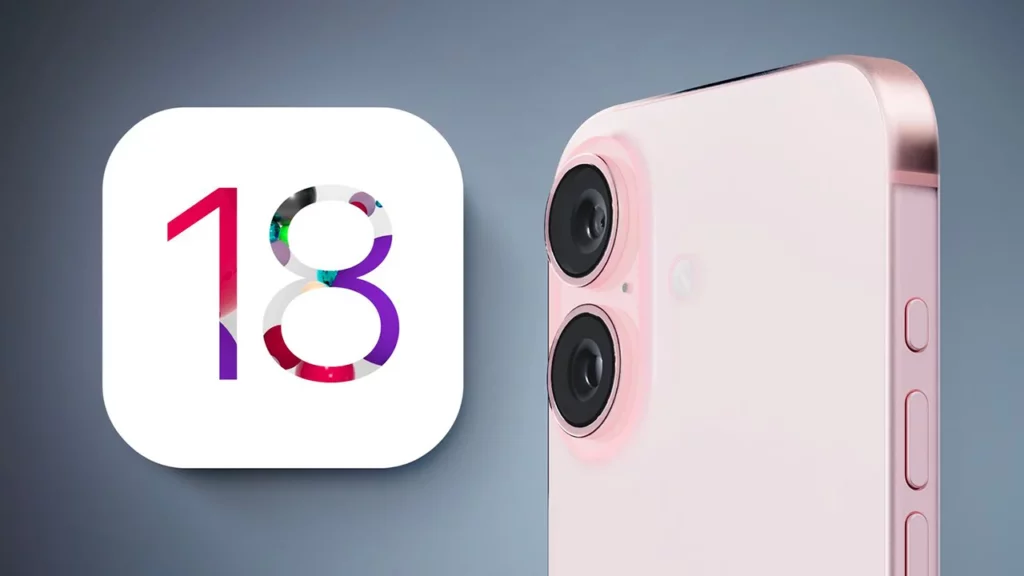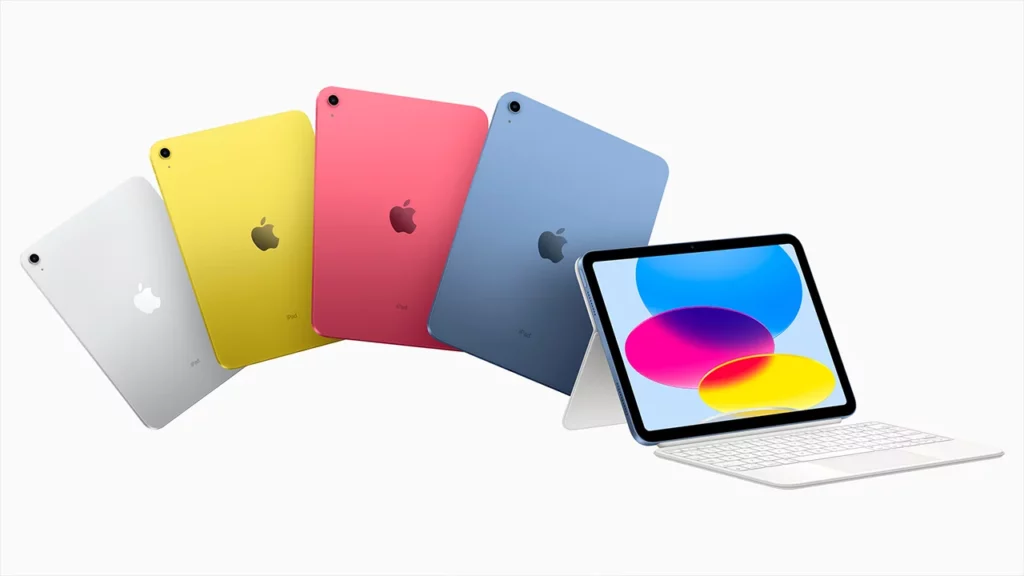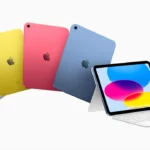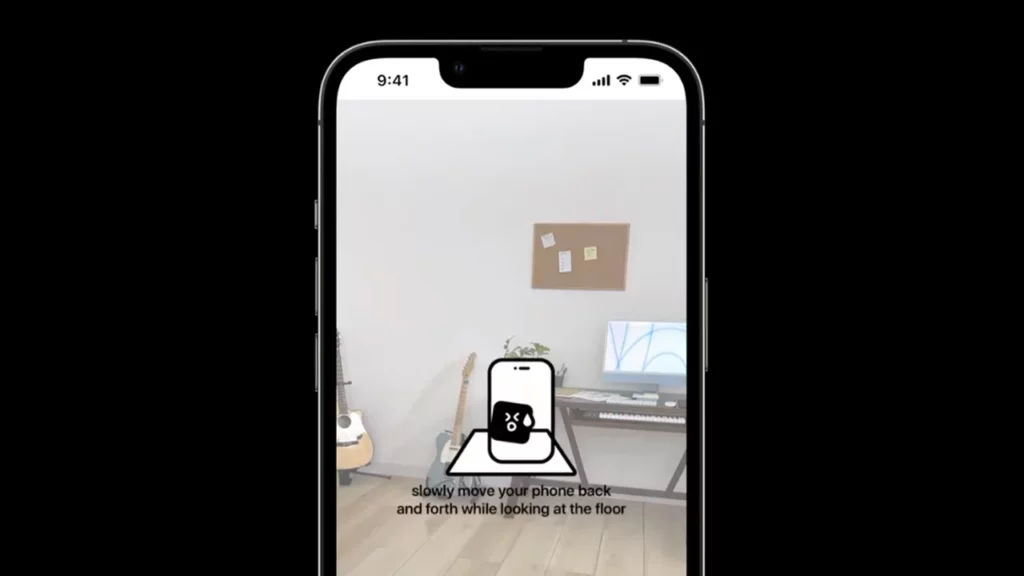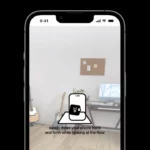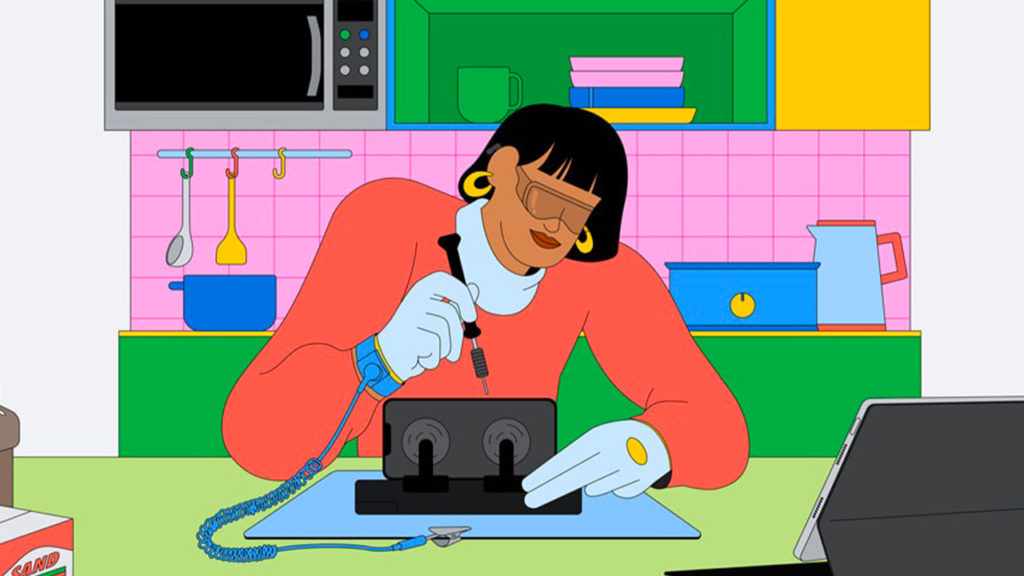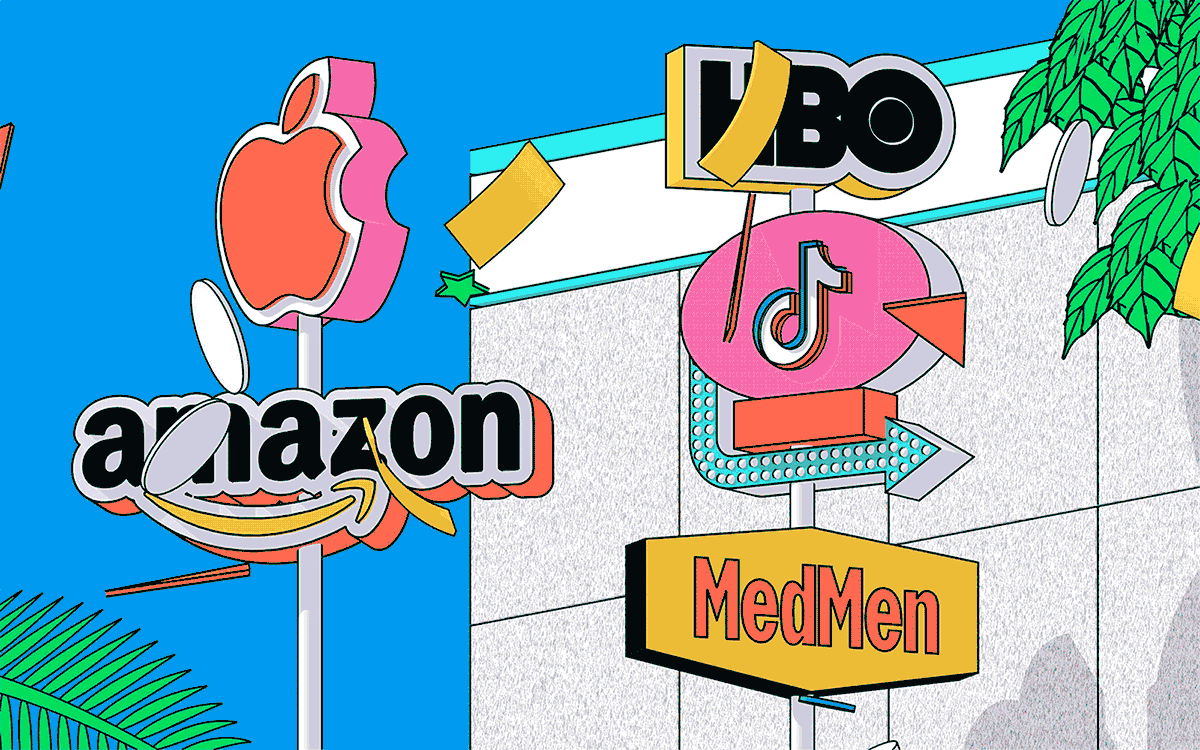
“I want this,” Ariel Kaye frantically emailed her real estate broker. “I don’t need to see it.”
Last year, Kaye’s home decor startup Parachute Home was fast outgrowing its headquarters in Venice Beach. She’d just raised $30 million in Series C funding to accelerate her company’s growth and expand its head count, now at 65 employees. So when she got an email about a hot real estate listing during the middle of a board meeting, she dropped everything to pounce on the space, sight unseen (although she did end up touring it the next day).
The location in question? A hip office park in Culver City, a leafy suburb steeped in moviemaking history and home to Sony Pictures. It’s where Judy Garland famously walked the yellow brick road and Vivien Leigh watched Atlanta go up in flames. And more recently, this once dilapidated industrial area has become Los Angeles’s pricey, competitive, and unlikely center of gravity for tech startups, gaming developers, and entertainment giants.
This year alone, VCs invested close to $1 billion in Culver City startups like gaming company Scopely and storage startup Clutter, whose marquee investors include Sequoia Capital and Softbank. (By comparison, the greater Los Angeles area, including Orange County, pulled in $12.6 billion in total.) Culver City is also home to the headquarters of Chinese-owned social media company TikTok and MedMen, the publicly traded cannabis company that aims to be “the Apple Store of weed.” In the past two years, Apple, Amazon, and HBO have all announced plans to make Culver City their new Los Angeles headquarters — making Culver City ground zero for the streaming wars. Hackman Capital Partners, the developer behind the Amazon deal, predicts that close to 10,000 new employees will descend upon the area in coming years.
Even co-working space is at a premium. At WeWork’s One Culver location across from the Sony Pictures headquarters, instantly recognizable by its iconic 94-foot-tall rainbow arch, a hot desk goes for $500 and private offices begin at $980 per month, similar to the types of prices you’d find in midtown Manhattan. The space opened a year and a half ago and is already nearly to capacity, filled with video game developers, production companies, and food, fashion, and tech startups.
“When I look at Culver City, you have phenomenal access to the best pockets of talent across L.A.”
What led to this rapid transformation of a once-sleepy Los Angeles suburb? Ask any tech founder why they chose Culver City over arguably sexier destinations like downtown L.A. or West Hollywood, and the first thing they’ll tell you is that “it’s central,” meaning that it’s relatively easy to get to (and easy to attract employees) from really anywhere in traffic-saturated L.A. — at least compared to Santa Monica and the rest of Silicon Beach.
The location and space to grow were a big part of the appeal, says Kaye, sporting faded jeans rolled just above the ankle and white converse-style sneakers. Her 17,000-square-foot industrial-style new headquarters, decorated in earth tones and dotted with her company’s lush $100 towel sets and bathrobes, is inside the architectural landmark Hayden Tract — one of the most in-demand office areas in L.A. Plus, it’s near the area’s high-end restaurant and chic retail space, The Platform, a pristinely branded outdoor mall, carefully curated with upscale retailers like Monocle, Tom Dixon, Bird Brooklyn, Blue Bottle Coffee and Van Leeuwen artisan ice cream. When Parachute Home negotiated a new long-term lease agreement for the space a few months ago, “it was made very clear that this was a hot ticket,” Kaye recalls. “If we sat on the deal at all, it would be gone for sure. Definitely there were a few moments of sweating profusely.”
It’s been quite a journey for Culver City to regain this sheen. Before it was officially incorporated in 1917, real estate developer Henry Culver had already persuaded movie execs to move to the area. Home to MGM Studios, Culver City became a famous entertainment hub during Hollywood’s Golden Age. King Kong, Citizen Kane, and Gone with the Wind were all filmed here. Speakeasies opened up along Washington Boulevard during Prohibition, and the Munchkins famously took over the Culver Hotel during the filming of The Wizard of Oz. The city benefited from the economic boom around WWII (Howard Hughes even built parts of his aircraft here), but its luster began to fade by the 1970s when many of the production studios, except for Sony Pictures, were sold off. By the ’80s, the area became “devoid of any kind of life,” as art gallery owner Timothy Blum told the New York Times. “It was mostly known as Wheel Alley, a place where people came to get tires.”
The area’s resurgence began in the 1990s, when investors transformed the former industrial Hayden Tract into a desirable office park with asymmetrical Frank Gehry-inspired architecture. In 2002, visual effects company Zoic Studios became one of the first to move in. Back then, the area was still “rough around the edges,” says Zoic co-founder Tim McBride, sitting in the studio’s modern space on Eastham Drive. Supporting the high ceilings and wide-open second floor are massive wooden beams that give the entire place a feeling of being inside a massive treehouse. A bike rack filled with company-owned beach cruisers is prominently featured at the front of the office, across from the bar, which serves coffee in the mornings and cocktails for special events.
Within the next two years, the content teams behind three of the major players in the streaming wars will all be within a few city blocks.
Zoic’s early neighbors included Anonymous Content and other creative agencies and production houses who benefit from being close to Sony Pictures; and, years later, Beats by Dre, which Apple purchased for $3 billion in 2014 (its largest acquisition to date). Apple now occupies a sizable footprint within Hayden Tract’s few block radius. Among the signposts of the area’s evolution is the presence of Michelin-star rated Vespertine, where the tasting menu costs $300 per person. That’s a stark contrast from the “greasy hole-in-the-wall, mediocre food” options that were available when Zoic first moved in, recalls McBride.
Hayden Tract’s growth drew the attention of two young developers, David Fishbein and Joseph Miller, co-founders of real estate company Runyon Group. In the longstanding tradition of savvy urban developers, they followed the artists who moved in during the early 2000s. “We saw the early remnants of gentrification and change here,” says Fishbein, 33, sporting a forest green jacket and streaks of silver hair. “That is, art galleries and a bunch of amazing creative companies in fashion, media, and tech relocating.”
Recognizing the area’s massive potential, Fishbein and Miller purchased the land occupied by a used car dealership at Washington and National Boulevards. At the time, their neighbors were air conditioning and lighting companies, a restaurant supply store, an abandoned warehouse. They got to work on rolling out their $250 million vision for a collection of high-end retail shops and restaurants that would largely cater to the well-heeled “creative class.”
By the time The Platform launched in 2016, L.A.’s Metro Expo Line was expanding — with a stop directly across the street — and now traveling from downtown L.A. to Santa Monica. This was a key selling point to early tenants like fashion startup, the Reformation, Soul Cycle, and Sweetgreen, the fast casual salad chain now valued at $1.6 billion. Much like Culver City’s founder, Fishbein and Miller are gifted salesmen: they convinced Sweetgreen’s founders to move the company’s headquarters from Washington, D.C. to Culver City before any of the major tech companies announced their intentions.
Being in a neighborhood where employees can live, work, play was attractive to Sean Kelly, who founded office snack delivery startup SnackNation in Culver City in 2014. SnackNation has raised $22.5 million in venture capital to provide companies with “Google and Facebook-like” perks. “I’m a big believer in work-life integration more than work-life balance,” says Kelly from his office inside SnackNation’s industrial warehouse in Hayden Tract, where they serve more than 700 clients in the greater L.A. area, and over 5,000 companies nationwide. His desk is accentuated with a nameplate that reads, “Do epic shit,” while his new puppy, Jameson (named after the Irish whiskey), has its own designated space in the corner of Kelly’s office. The company decor features beach-style lawn chairs and a whiteboard with today’s word-of-the-day: “abundance.”
While Kelly expresses concern over the near-inevitable traffic congestion that will result in coming years, he is less worried about the rising cost of rent. “When I look at Culver City, you have phenomenal access to the best pockets of talent across L.A.,” he says. “That’s the first, second, and third priority.”
Yet it won’t be long before startups like Kelly’s will be competing against much bigger fish for this talent. Within the next two years, the content teams behind three of the major players in the streaming wars will all be within a few city blocks, essentially sharing the same urban corporate campus, colliding everywhere from the Culver City Metro stop to the Blue Bottle Coffee inside The Platform.
Apple, also in Hayden Tract, is about to debut a brand-new, 128,000-square foot space on Washington Boulevard, across the street from The Platform. (HBO had originally laid claim to the spot, but then lost it when Apple swooped in.)
HBO’s consolation prize is only a half-block away at the intersection of Venice, Washington, and National Boulevards at historic Ivy Station. The network will relocate from Santa Monica to the 240,000-square foot space in 2021 after a $350 million renovation by developers Lowe, AECOM-Canyon Partners and Rockwood Capital. With 200 apartments, 50,000-square feet of restaurant and retail space, and even a hotel, the formerly Santa Monica-based entertainment company’s new L.A. headquarters will more closely resemble its own small city. “For the first time in decades, large blocks of space are available that have never been available before,” says Jeff Pion, vice chairman at CBRE who played a key role in brokering the deals that brought Amazon and HBO to Culver City.
Half a mile down Washington Boulevard, the iconic Culver Studios (also known as “the mansion”) is undergoing a $600 million renovation and will reopen as Amazon Studios by 2021. While other U.S. cities sought to woo Amazon with generous tax breaks and other incentives during its search for its second headquarters, Amazon zeroed in on Culver City with little fanfare, seeing it as an obvious choice for its content arm. The property shares a courtyard with the Culver Hotel, defined by its art deco architecture and 1920s glamour. At a cocktail party last year, Jeff Bezos doubled down on the symbolism of his tech company inhabiting such a historic building. It “holds us to a standard,” he beamed.
As Amazon, Apple, and HBO prepare to move into their new vast campuses, the rising cost of commercial real estate is even beginning to push out some of the very companies that made Culver City attractive to these giants in the first place. High-end office space in Culver City now runs around $5.25 per square foot (including base rent and operating expenses) — a rate that Lee & Associates principal Tibor Lody says has jumped by around 50% to 60% in the past five years. While many tech and creative companies initially chose Culver City as a lower cost option to Venice and Santa Monica, “you are seeing the boundaries blur,” says Lody, who helped Zoic find its space in Hayden Tract 17 years ago.
A clear sign that rates are only going up everywhere: even well-capitalized startups like Sweetgreen are moving out. In spring 2020, after four years, the company is abandoning its 15,000 square feet of office space in The Platform for a 50,000 square-foot former dairy building in West Adams, just east of Culver City.
Meanwhile, Kaye is busy trying to convince more pals to move to the neighborhood. When her friend Katerina Schneider, CEO of vitamin company Ritual, had an opportunity to move in nearby, “I told her, you’ve got to take the space,” Kaye says enthusiastically. “This is the dream.”


